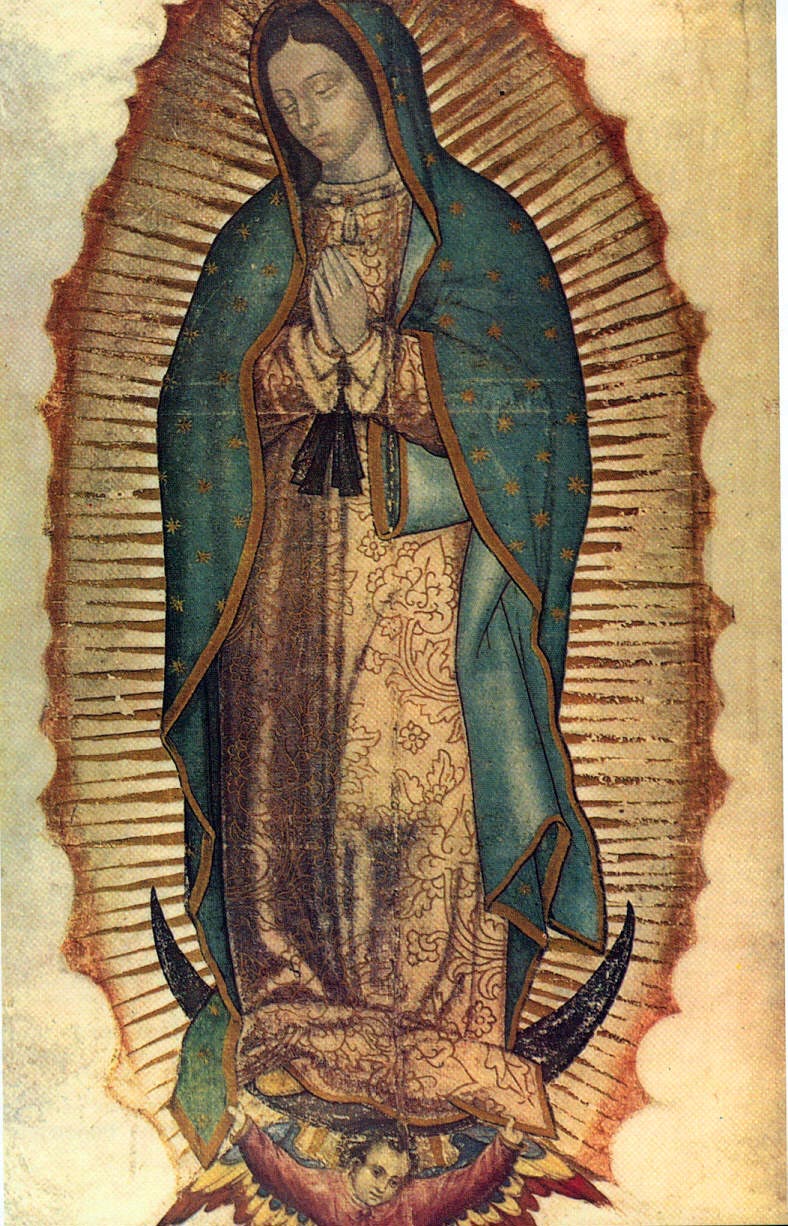My dear brothers and sisters in the Lord,
Advent is a time of expectation, of waiting. There is no better model of expectation, of waiting to us Christians than Mary, the Mother of God and the Mother of Jesus Christ. During this time of Advent, as we come closer to Christmas, we recognize that Mary was in the last stage of her pregnancy.

Certainly, there is no more beautiful sight than a woman carrying a child in her womb, especially during the final days of pregnancy. I often wonder how a woman is able to bear the burden of pregnancy, and yet the words of Scripture remind us that a woman is in travail as she gives birth.
But then she experiences great joy as she sees a new life see the light of day. This week we celebrated three feasts of Our Lady; first, the Immaculate Conception (which is December 8, however, this year the Feast was celebrated on December 9) which reminds us of Mary’s own birth and that she was conceived without original sin in view of the fact that she would be the one who would bring the Savior into the world. No sin ever touched Mary and she becomes the refuge of sinners as we look to her motherly intercession in our daily lives.
In the last few months a new Marian feast has been assigned to December 10, following the feast of the Immaculate Conception on December 8, and before the feast of Our Lady of Guadalupe on December 12. The devotion to Our Lady of Loreto comes from a miraculous event through which the holy house of Nazareth where Jesus was raised, was either miraculously transported by angels or naturally transported by a family named D’Angelis to its present site in Northeastern Italy. The devotion to the Holy House of Loreto is one that dates back to the Middle Ages and is one of the most visited Marian pilgrim sites in Italy.
The confusion regarding the location of the holy house of Nazareth surrounds the belief that it was transported by angels or the family of D’Angelis. In fact, in 1871 at a suggestion of the Holy See, there was an analysis of the mortar and the stones at the house of Loreto, which resembled the materials from houses in Nazareth.
In a blind comparison, it was ascertained that the material of the house of Loreto was identical to the material to houses of Nazareth. And so, either miraculously or naturally, this place of pilgrimage has been a great one. Recently, the Feast of Our Lady of Loreto has been placed in this trilogy of Marian Feasts.
Most important for our Diocese of Brooklyn is the Feast of Our Lady of Guadalupe. An interesting fact regarding the image of Our Lady which was miraculously given to St. Juan Diego is that she is depicted as a pregnant woman. The sash she wears is a sign of pregnancy for the Aztec culture. The miraculous image of Mary gives us many signs and a deep understanding of the significance of Mary in the life of the Church.
Certainly, for the Mexicans and Mexican-Americans in our midst, it is a day of great rejoicing. In our own diocese, we see numerous celebrations, processions, all-night vigils and marathons, and many other commemorations of this important patronal feast for the patroness of Mexico. The celebration at the Co-Cathedral of St. Joseph attracts over 1,500 young people who then process back to their home parishes.
Only 20 years ago, there were very few Mexicans in New York City. However, today their number has increased to probably more than 200,000 Mexicans in our diocese alone. We see them pushing vendor carts through the streets. We do not see them when they are washing dishes and in other hidden, yet important, service jobs essential to our economy. We see them making great progress in schools, attaining the highest grades and eventually entering the higher lever of education and economic achievement.
We see Mexican mothers wheeling carriages with new babies born here in the United States. Some of our churches have so many babies attending Mass that they have instituted a carriage parking lot outside of church to avoid too many carriages in church.
Mary is a universal mother to all Christians, no matter what title we honor her under; she is, as Scripture tells us, “The honor of our race.” She is the one who infallibly can lead us to Jesus, her Son, to whom she gave birth and . whose birth we will commemorate this Christmas. The willingness of Mary to accomplish God’s will in her life, although she did not know exactly where it would lead her, is certainly an example of putting out into the deep.
For each and every one of us, accomplishing God’s will is always the same exercise. We are stretched beyond what we would like to do at times and put out into the deep, because it is not our will but God’s will that must be accomplished in our lives. During this Advent season, pray with me that Mary will show us the way to understanding the real meaning of the birth of our Savior, her Son.
Follow Bishop DiMarzio on Twitter @BpDiMarzio
facebook.com/bishopdimarzio
